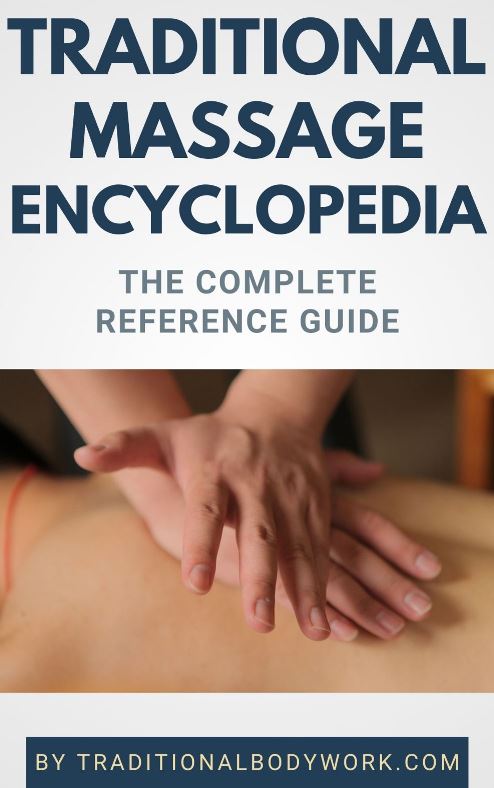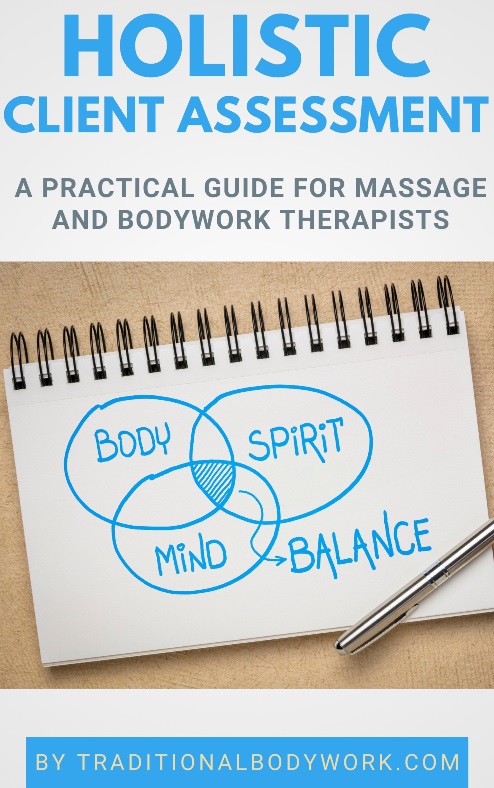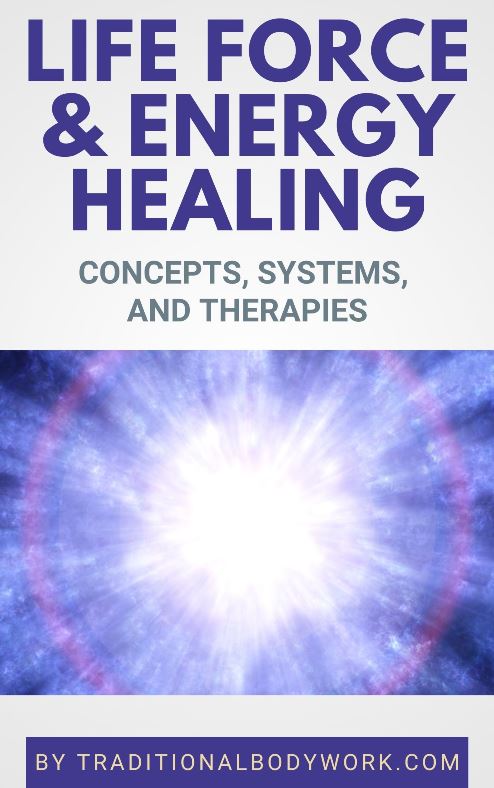
Modern living thrives on technology, with smartphones, laptops, and countless apps delivering convenience while subtly draining our energy and focus.
Constant device usage exerts pressure on posture, leading to recurring pain, stiffness, and fatigue that many residents experience daily. In tech-driven cities like Denver, Colorado, this strain is amplified, as residents juggle demanding work schedules and urban stressors.
A Colorado Chamber of Commerce survey reveals that 71% of respondents believe the state’s business environment is comparatively demanding. Consequently, many seek care at specialized centers such as a Denver headache and spine center. These centers combine advanced treatments with wellness strategies.
Holistic healing addresses these challenges by emphasizing the interconnectedness of mental, emotional, and physical health, offering supportive medical care. This blog post aims to explain why holistic healing matters more than ever.
The Connection Between Technology and Physical Well-Being
Technology has transformed daily life, offering convenience and connectivity, but it also brings new physical challenges. Prolonged screen use encourages sedentary habits, repetitive strain, and musculoskeletal stress, often leading to discomfort and chronic pain.
Neck and spine issues are among the most common problems linked to device use. Forward-leaning postures and slouching while using smartphones or laptops place constant pressure on the cervical spine. This strain affects both adults and adolescents and can lead to long-term health concerns if not addressed.
Musculoskeletal disorders from excessive smartphone use, like text neck syndrome, are increasingly prevalent worldwide. A study in the National Library of Medicine highlights physiotherapy methods such as postural correction, stabilization, stretching, strengthening, and Pilates.
It also notes that taping, Bowen therapy, and manual therapy can relieve pain, improve posture, and enhance cervical spine mobility. Much of the research focuses on adults, highlighting gaps in pediatric care and the need for further studies to guide clinical practice. Pairing intentional device management with physiotherapy interventions can strengthen the body and promote sustainable digital living.
Caring for Spine Health and Headache Relief
Maintaining spine health is crucial in today’s technology-driven lifestyles, where prolonged screen use and poor posture can contribute to chronic discomfort. Neck, back, and shoulder strain are increasingly common, affecting productivity, mood, and overall quality of life. Preventive care, ergonomic adjustments, and mindful movement practices play a vital role in supporting spinal alignment and reducing tension.
Headaches, often linked to stress, screen time, and musculoskeletal issues, can significantly impact daily routines. Integrating holistic approaches such as gentle stretching, posture correction exercises, and relaxation techniques can help manage and prevent recurring headaches. Addressing both the physical and emotional contributors to headaches ensures a more comprehensive path to relief.
According to Denver Integrated Spine Center, combining professional care with self-care practices provides the best outcomes for spine and headache wellness. Simple interventions like regular movement breaks, ergonomic workspaces, and mindful breathing can complement therapeutic exercises.
Holistic Healing as a Balance to Digital Stress
Constant exposure to screens, notifications, and digital demands can take a toll on mental and emotional well-being. Stress, anxiety, and mental fatigue often result from constant technology use, making it crucial to implement strategies that restore calm. Holistic healing offers an approach that addresses both mind and body, helping individuals navigate the pressures of modern life more effectively.
Yoga exemplifies this approach. With its focus on breathing exercises and meditation, yoga reduces anxiety and depression while enhancing brain function. A study published by Harvard Medical School shows that regular yoga practice strengthens brain areas involved in memory, attention, and learning. It also enhances decision-making abilities, effectively improving overall cognitive skills and mental performance.
It also positively affects mood by increasing gamma-aminobutyric acid (GABA) levels, lowering stress, and activating the parasympathetic nervous system for calmer states. Complementary research indicates yoga can even support recovery from post-traumatic stress by helping regulate emotions and stabilize breathing patterns. The results clearly indicate that daily engagement with yoga can enhance both mental and emotional well-being.
Digital Identity, Trust, and Healing Communities
In our hyperconnected world, digital identity has become central to how we interact, communicate, and build relationships. Digital platforms, social media, and online services influence personal and professional relationships while shaping our sense of belonging and community. Maintaining trust and authenticity in these spaces is essential for mental well-being and the cultivation of supportive networks.
As technology becomes more complex, concerns around transparency, ethics, and responsible innovation increasingly influence public trust. People are now questioning how digital tools impact privacy, data security, and decision-making. Communities that prioritize trust, ethical standards, and thoughtful engagement can create safer environments for meaningful interaction
According to a Pew Research Center survey, 60% experts at colleges or universities have little to no confidence in U.S. companies to responsibly develop and use AI. By contrast, 39% of professionals at private businesses expressed confidence in these organizations.
This highlights the gaps in trust and underscores the importance of fostering digital communities where safety is prioritized. Prioritizing trust in digital platforms is key to promoting safe, supportive communities and enhancing overall well-being.
Frequently Asked Questions:
1. Why is holistic healing important today?
Holistic healing addresses the combined impact of physical, emotional, and digital stress. It helps restore balance by connecting mind and body practices. With technology-driven lifestyles increasing strain, natural therapies like yoga, meditation, and nutrition play a critical role in maintaining sustainable wellness.
2. Can holistic healing reduce technology-related health problems?
Yes, holistic methods provide relief from posture strain, eye fatigue, stress, and headaches caused by excessive screen use. Practices like mindful stretching and meditation reduce tension while promoting resilience. These approaches not only relieve discomfort but also prevent recurring issues linked to technology-driven routines.
3. What role does trust play in digital wellness adoption?
Trust ensures people feel safe when engaging with digital health tools, wellness apps, or connected devices. Without confidence, individuals hesitate to adopt new practices. Studies show consumers spend more and commit longer when they trust providers to secure data and respect privacy.
Technology influences nearly every aspect of modern life, but it can also create stress on both the body and mind. Holistic healing provides a way to restore balance by combining traditional practices with contemporary approaches. Focusing on trust, prevention, and equilibrium supports long-term well-being. For individuals living in technology-driven environments, holistic health is not just beneficial – it is essential for sustainable, healthy living.



















